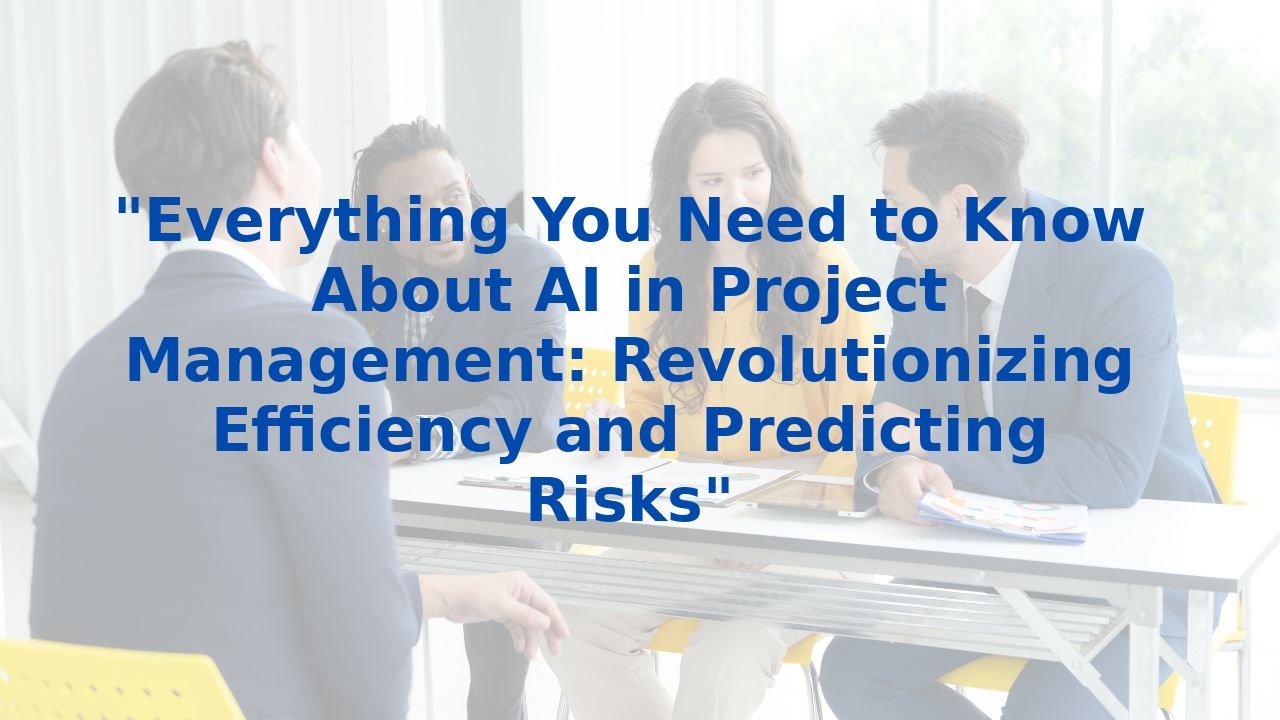How to Transform People Protection Through Data-Driven Collaboration
New Data, New Opportunities for People Protection Collaboration
In our fast-paced, ever-evolving business landscape, the integration of new data is more than just an operational necessity; it’s a catalyst for transforming opportunities within organizations. As we navigate the complexities of collaboration in people protection, it becomes evident that artificial intelligence (AI) plays a pivotal role in enhancing these processes, making them not only efficient but also actionable.
The Essence of People Protection Collaboration
At the core of people protection collaboration lies effective communication and shared data. When multiple stakeholders come together—each with unique expertise and perspectives— the potential for innovation rises significantly. These collaborations enable organizations to respond proactively to risks and ensure the safety and well-being of employees and customers alike. However, miscommunication or lagging information can thwart these efforts, resulting in missed opportunities or increased vulnerabilities.
Streamlining Processes through AI
AI has emerged as an invaluable asset in addressing these challenges. By leveraging advanced algorithms and machine learning models, organizations can streamline their processes in the following ways:
Imagine a system that aggregates and analyzes real-time data across various departments, allowing for swift identification of potential risks.
With AI, businesses can glean insights from large datasets, pinpointing patterns and trends that may not be immediately visible to the human eye. This capability can be extended to risk assessment processes, ensuring that prevention strategies are not only timely but also tailored to specific challenges.
Improving Efficiency and Productivity
The implementation of AI in people protection collaborations can significantly enhance organizational efficiency. By automating routine tasks—like data collection, analysis, and reporting—companies can free up valuable time and resources. This allocation allows teams to focus on more strategic initiatives, ultimately driving productivity and innovation.
Moreover, AI's predictive analytics can inform decision-making processes, enabling organizations to anticipate challenges and craft effective response strategies. This kind of foresight is critical in an environment where adaptability and resilience are essential for long-term success.
Transforming Employee Training
While the tools and systems powered by AI are invaluable, the bedrock of effective implementation lies in well-trained employees. Adequate training equips staff with the necessary skills to navigate and leverage AI technologies consistently. A well-informed workforce is not only more prepared to utilize AI effectively but is also instrumental in fostering a culture of innovation.
By investing in comprehensive AI training, organizations not only enhance their capabilities but foster an environment where continuous learning and improvement are prioritized.
Training programs designed specifically for AI integration can empower employees to harness the full potential of these systems, positioning them as active participants in the organization’s evolution rather than passive observers. As AI continues to develop, so too will the need for upskilling, creating a workforce that’s agile and capable of adapting to change.
Bridging the Gap Between Data and Action
The shift towards AI-driven processes in people protection demonstrates a significant paradigm shift. Organizations are no longer restricted to reacting to data; they are now empowered to act proactively. This ability to translate data into insights leads to informed decision-making and, ultimately, better outcomes for all stakeholders involved.
As the reliance on data becomes prevalent, the opportunity to collaborate effectively grows. This is where seasoned professionals from various fields—such as risk management, HR, and compliance—come into the fray, bringing their valuable insights into the collaborative effort. The diversity of thought enriches the strategy and sharpens focus, which is vital in tackling the multifaceted nature of people protection.
Conclusion: Embracing the Future
The integration of AI into people protection collaboration is not just an enhancement; it is a transformational journey that promises richer insights, improved efficiency, and high engagement at all levels of the organization. As we stand on the brink of this new frontier, embracing the potential of AI offers a powerful avenue for organizations to redefine their strategies and elevate their commitment to safety and protection.
To navigate these changes successfully, organizations must prioritize employee training, creating a workforce that is not only skilled but also prepared to adapt and thrive. As we harness the synergy of new data and collaborative efforts underpinned by AI, the future looks more secure and collaborative than ever before.



